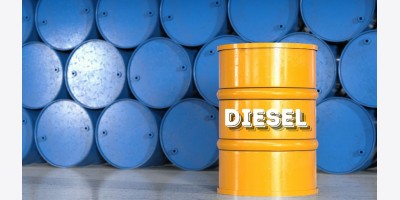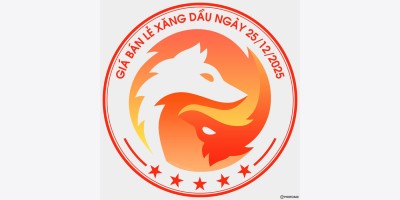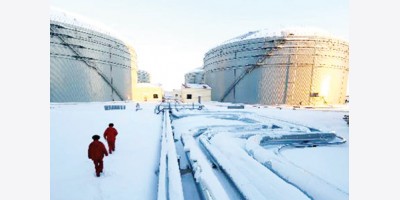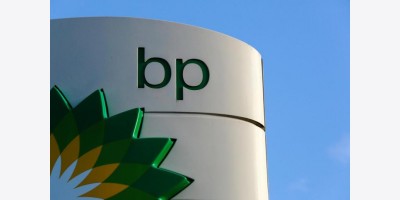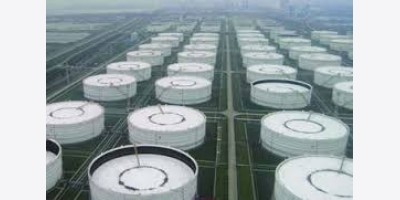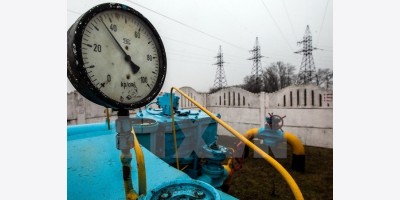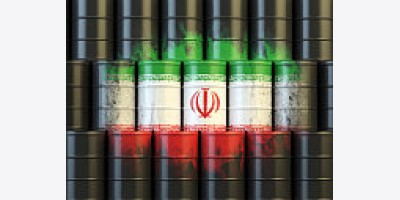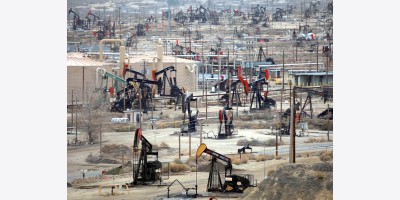
Crude Oil Price Movements
In April, the OPEC Reference Basket (ORB) rose by $4.67, or 7.3%, month-on-month (m-o-m), to average $68.43/b, with Dated Brent and Dubai rising by nearly 9% each, while spot WTI increased by 6%. Year-todate (y-t-d), the ORB value was $13.85, or 26.7%, higher at $65.67/b, compared with the same period a year earlier. Geopolitical concerns, tightening product inventories and robust demand provided support for prices. With regard to crude oil futures, in April, ICE Brent was up $5.04, or 7.6%, at $71.76/b, while NYMEX WTI gained $3.55, or 5.7%, to stand at $66.33/b. Y-t-d, ICE Brent is $13.96, or 25.7%, higher at $68.36/b, while NYMEX WTI has risen by $12.15, or 23.5%, to $63.77/b, compared with the same period a year earlier. The ICE Brent/NYMEX WTI spread widened significantly to $5.44/b in April – the widest this year – on bearish US fundamentals. Despite the surge in crude oil futures prices, speculative net long positions ended lower, however, long-to-short ratios in ICE Brent increased further to record highs. Both Brent and Dubai market structures moved deeper into backwardation on strong prompt month prices and healthy physical crude markets, while NYMEX WTI remained at the same level, in backwardation. The sweet/sour differentials widened further in Europe and Asia, while in the US Gulf Coast (USGC), the spread narrowed more.
World Economy
The global GDP growth forecast remains at 3.8% for 2018, following growth of 3.8% in 2017. Expected US growth in 2018 is unchanged from the previous month at 2.7%, after growth of 2.3% in 2017. Growth in the Euro-zone was revised down to 2.2% in 2018, following growth of 2.5% in 2017. Japan’s 2018 growth forecast remains at 1.5%, after growth of 1.7% in 2017. For 2018, Developing Countries’ GPD growth is seen unchanged at 4.4%, following growth of 4.0% a year earlier. While India’s 2018 forecast was revised up slightly to 7.3%, following 2017 GDP growth of 6.3%, China’s 2018 GDP growth forecast remains unchanged at 6.5%, after 2017 growth of 6.9%. Brazil and Russia also saw an unchanged GDP growth forecast at 2.1% and 1.8% in 2018, respectively, following growth of 1% and 1.5% in 2017.
World Oil Demand
World oil demand growth for 2017 was kept unchanged from last month’s assessment, despite some adjustments to both OECD and non-OECD regions, which offset each other. World oil demand is estimated to have grown by 1.65 mb/d in 2017 to average 97.20 mb/d. For 2018, oil demand growth is forecast to increase by around 1.65 mb/d to average 98.85 mb/d. Growth was revised higher by 25 tb/d compared with last month’s assessment. This is mainly to account for firm OECD data in 1Q18. Oil demand growth in the non-OECD region was also revised upward, primarily on the back of better-than-expected data from Other Asia, including India, and Latin America. China is anticipated to lead oil demand growth in 2018, followed by Other Asia and OECD Americas.
World Oil Supply
Non-OPEC supply for 2017 was revised down slightly by 0.01 mb/d to now show growth of 0.87 mb/d y-o-y and average 57.89 mb/d. The revision came on the back of a review of historical non-conventional production data leading to downward adjustments, mostly for Brazil, as well as upward revisions, notably for OECD Europe. Furthermore, in 2018, upward revisions in 1Q18 to the forecasts of the US, Argentina, Colombia and China were partially offset by downward adjustments to Canada, Mexico, Norway, UK, and Brazil. This has led to an upward revision to 2018 non-OPEC supply of 0.01 mb/d. It is now estimated to grow by 1.72 mb/d y-o-y to average 59.62 mb/d, compared to last month’s assessment. Following a downward revision in 2017, OPEC NGLs and non-conventional liquids production in 2018 are forecast to grow by 0.18 mb/d y-o-y, to average 6.49 mb/d. OPEC crude oil production in April 2018 increased by 12 tb/d, to average 31.93 mb/d, according to secondary sources.
Product Markets and Refining Operations
Product markets in the Atlantic Basin saw strong gains in April. In the US, refining margins strengthened across the top and middle of the barrel. Reduced refinery product output caused by planned and unplanned refinery outages, along with record-breaking gasoline export levels and strong diesel inventory drawdowns drove US margins to a record three-year high in April. In Europe, product markets saw a recovery, supported by the gasoline and diesel complexes, despite losses in all other products. Meanwhile, product markets in Asia weakened due to pressure seen at the top of the barrel, attributed to high supply in the regional gasoline market. Higher Oman crude prices in April, despite the onset of spring refinery maintenance season, further exacerbated the downturn seen in the Asian market.
Tanker Market
Dirty tanker spot freight rates mostly declined in April or remained at previously low levels. VLCC average spot freight rates stayed almost flat compared with the previous month, while Suezmax and Aframax rates dropped by 6% and 3% m-o-m, respectively. The decline in rates was attributed to limited inquiries, continuing tonnage oversupply, as well as reduced port and transit delays. Similarly, the clean tanker market saw lower monthly freight rates on most reported routes due to the same circumstances.
Stock Movements
Preliminary data for March 2018 shows that total OECD commercial oil stocks fell by 12.7 mb to stand at 2,829 mb, which is 9 mb above the latest five-year average. However, this current level of OECD stocks still remains 258 mb above January 2014. Within the components, crude stocks in March 2018 indicated a surplus of 12 mb, while product stocks witnessed a deficit of 3 mb against the latest five-year average. In terms of days of forward cover, OECD commercial stocks fell in March to stand at 59.9 days, which is 1.6 days lower than the latest five-year average.
Balance of Supply and Demand
In 2017, demand for OPEC crude is estimated to stand at 33.0 mb/d, 0.6 mb/d higher than a year earlier. In 2018, demand for OPEC crude is forecast at 32.7 mb/d, 0.3 mb/d lower than the 2017 level.
Source: OPEC





